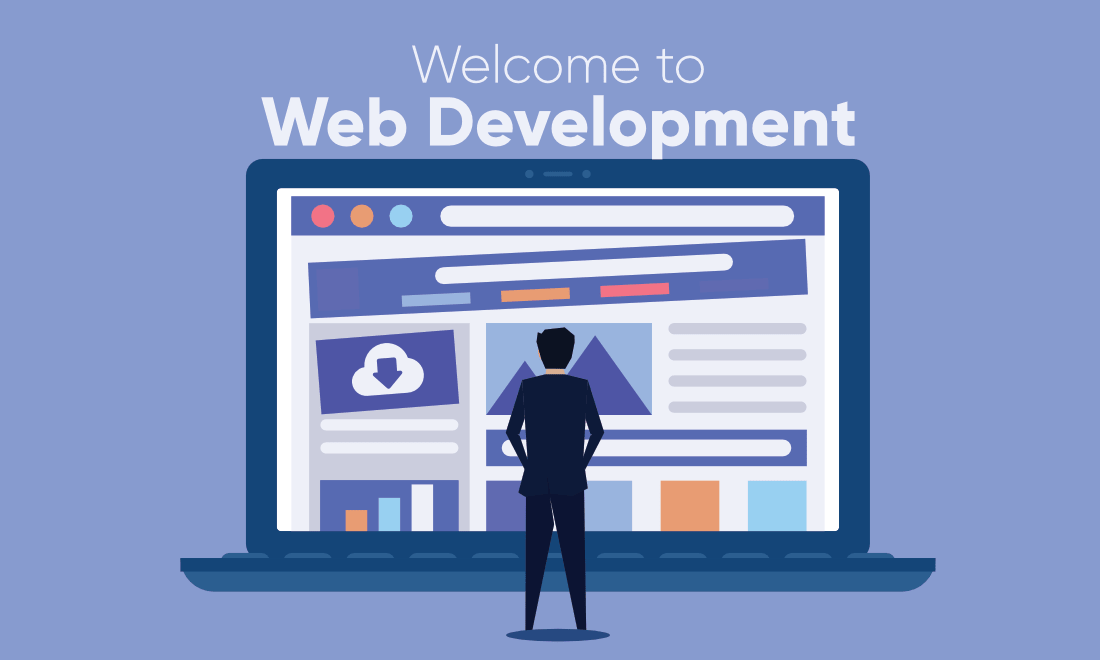In the vast realm of the digital era, web development emerges as a key artistic and technical endeavor, weaving the intricate tapestry of online experiences. As we embark on a journey into the world of web development, let’s unravel the threads that shape the creation of dynamic and immersive websites.
1. The Canvas of HTML, CSS, and JavaScript
At the core of web development lie the building blocks of the web: HTML, CSS, and JavaScript. HTML provides the structure, CSS adds style, and JavaScript injects interactivity. Together, they form the foundation upon which digital experiences are crafted.
2. Responsive Design: Adapting to Every Screen
In an era dominated by diverse devices, responsive design is not just a trend but a necessity. Web developers embrace fluid grids and media queries to ensure that websites seamlessly adapt to various screen sizes, providing users with a consistent and optimal experience.
3. Frameworks: Accelerating Development
Frameworks like React, Angular, and Vue.js have become instrumental in accelerating web development. They provide pre-built components, simplified workflows, and efficient ways to manage the complexity of modern web applications.
4. Backend Technologies: Powering the Engine
While the frontend engages users, the backend powers the engine. Web developers choose backend technologies such as Node.js, Django, or Ruby on Rails to handle server-side logic, databases, and ensure the smooth functioning of dynamic web applications.
5. Content Management Systems (CMS)
For those seeking a balance between ease of use and customization, content management systems like WordPress, Drupal, and Joomla provide powerful solutions. Web developers leverage these platforms to empower clients with the ability to manage and update content effortlessly.
6. Progressive Web Apps (PWAs): A New Frontier
Progressive Web Apps represent the next frontier in web development. These applications offer a seamless, app-like experience on the web, complete with offline capabilities, push notifications, and enhanced performance. PWAs bridge the gap between web and mobile applications.
7. API Integration: Connecting the Dots
In the interconnected digital landscape, API (Application Programming Interface) integration is crucial. Web developers integrate APIs to connect their applications with external services, databases, and third-party platforms, enriching the functionality and data exchange.
8. Security: Safeguarding Digital Fortresses
As cyber threats loom large, web developers prioritize security. Implementing HTTPS, securing databases, and following best practices in authentication and authorization are paramount to safeguarding websites and user data.
9. Web Accessibility: Inclusive Digital Spaces
Web development embraces the principles of accessibility, ensuring that websites are usable by everyone, including individuals with disabilities. Developers integrate features like alternative text for images, keyboard navigation, and semantic HTML to create inclusive digital spaces.
10. Continuous Integration/Continuous Deployment (CI/CD): Streamlining Workflows
In the fast-paced world of web development, CI/CD practices streamline workflows. Automated testing, continuous integration, and deployment pipelines enable developers to deliver updates and new features efficiently while maintaining code quality.
11. Trends in Design: Beyond Aesthetics
Web development doesn’t exist in isolation; it collaborates with design trends. From minimalist designs to dark mode preferences, web developers work hand-in-hand with designers to bring visually appealing and user-friendly interfaces to life.
12. Web Components: Modular Reusability
Web components are changing the game by enabling the creation of reusable custom elements. This modular approach enhances code maintainability, fosters collaboration, and accelerates development by allowing developers to encapsulate and reuse components across projects.
Conclusion: Crafting Tomorrow’s Digital Experiences
As we conclude our exploration into the realm of web development, it becomes evident that this craft is not just about writing code; it’s about sculpting digital experiences. From the foundational trio of HTML, CSS, and JavaScript to emerging technologies like Progressive Web Apps and Web Components, web development continues to evolve. It’s a dynamic tapestry where creativity meets functionality, and where the next line of code holds the potential to shape the future of online interactions. Whether you’re a seasoned developer or someone exploring this vast landscape, the world of web development invites you to be a part of the ongoing digital revolution, crafting tomorrow’s digital experiences today.

